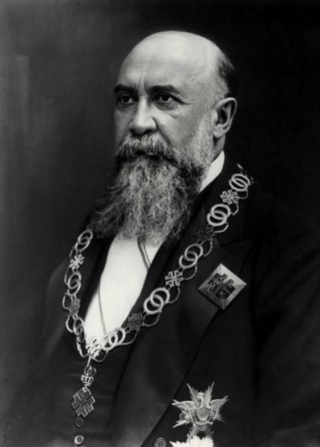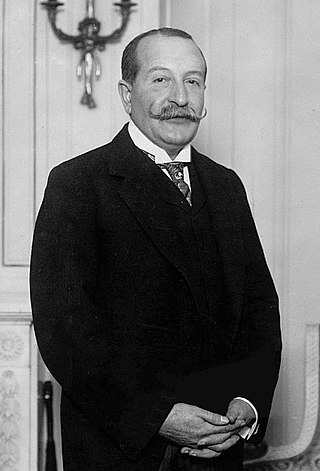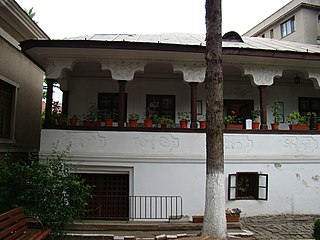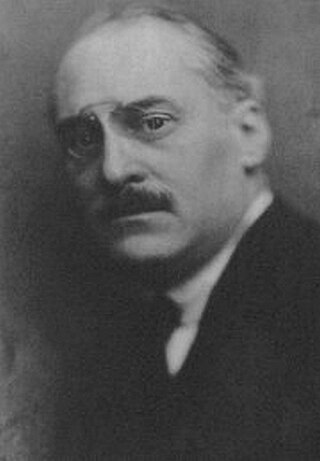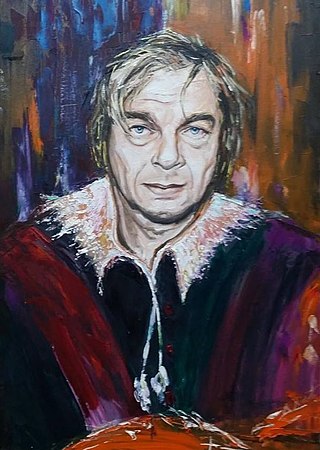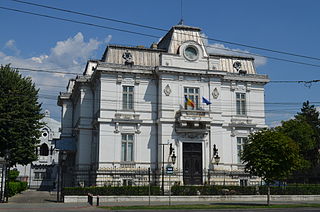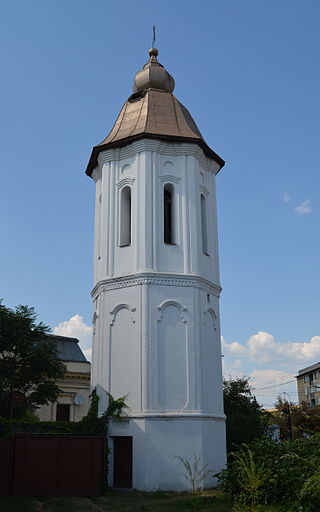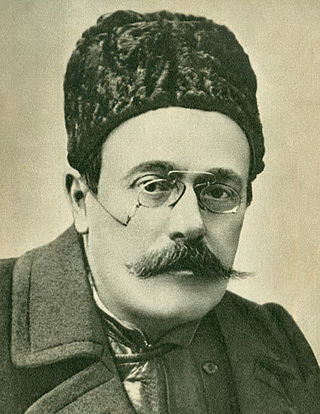Self-guided Sightseeing Tour #2 in Ploiești, Romania
Legend
Tour Facts
5.7 km
51 m
Experience Ploiești in Romania in a whole new way with our self-guided sightseeing tour. This site not only offers you practical information and insider tips, but also a rich variety of activities and sights you shouldn't miss. Whether you love art and culture, want to explore historical sites or simply want to experience the vibrant atmosphere of a lively city - you'll find everything you need for your personal adventure here.
Individual Sights in PloieștiSight 1: Biserica Sfânta Vineri
Sight 2: Ilie Oană
Ilie Oană was a football player and manager.
Sight 3: Biserica Reformată
The Reformed Church in Romania is a Calvinist denomination and the largest Protestant church in Romania. The majority of its followers are of Hungarian ethnicity and Hungarian is the main church language. The large majority of the Church's parishes are in Transylvania; according to the 2021 census, 495,380 people or 2.6% of the total population belong to the Reformed Church. About 95% of the members were of Hungarian ethnicity.
Sight 4: Biserica Maica Precista
The Mother Precista Church in Ploiesti is dedicated to the "Assumption of the Virgin Mary" and is one of the most important religious, historical and art monuments in Prahova County, belonging to the local and national heritage. It has more than three centuries of existence and is located at the intersection of Armoniei, Artei and Mihai Bravul streets.
Sight 5: Casa compozitorului Paul Constantinescu
The "Paul Constantinescu" Memorial Museum is a county museum in Ploiesti, located in Str. Nicolae Bălcescu nr. 15. The establishment of this important establishment of musical culture is due, first of all, to the sister-in-law of the composer Paul Constantinescu, eng. chemist Eleonora Constantinescu who, in the summer of 1993, donated to the state, respectively to the Prahova County Museum of History and Archaeology, the building in which she lived and a valuable patrimony including a rich collection of books, pieces of furniture and documents about the life and work of the composer, who lived part of his life in this edifice.
Sight 6: Paul Constantinescu
In the municipality of Ploiesti, among the statues and monuments existing in public places, there are also a series of busts of prominent personalities born in Ploiesti or whose activity is closely linked to this city.
Sight 7: Toma Caragiu
Toma Caragiu was a Romanian theatre, television and film actor.
Sight 8: Mihai Viteazul
Michael the Brave, born as Mihai Pătrașcu, was the Prince of Wallachia, Prince of Moldavia (1600) and de facto ruler of Transylvania (1599–1600). He is considered one of Romania's greatest national heroes. Since the 19th century, Michael the Brave has been regarded by Romanian nationalists as a symbol of Romanian unity, as his reign marked the first time all principalities inhabited by Romanians were under the same ruler.
Sight 9: Gimnaziul de băieți „Sfinții Petru și Pavel”
The Prahova County Museum of History and Archaeology is a county museum in Ploiesti, located in Toma Caragiu Street no. 10.
Wikipedia: Muzeul Județean de Istorie și Arheologie Prahova (RO), Heritage Website
Sight 10: Ion Negulici
Ion Negulici was a Romanian painter who participated in the Wallachian Revolution of 1848.
Sight 11: Sinagoga Beth Israel
The Beth Israel Synagogue is a Jewish place of worship in Ploiesti, located on Basarabi Street no. 12, in the central area of the city. The edifice was inaugurated in April 1912.
Sight 12: Halele Centrale

The Central Halls of Ploiesti are one of the symbols of Ploiesti, a historical monument with the code PH-II-m-A-16306.
Sight 13: Catedrala Sfântul Ioan Botezătorul

The Cathedral of Saint John the Baptist, located on Republicii Boulevard no. 12, is the most imposing church in Ploiesti and one of the main architectural landmarks of the municipality. The cathedral's bell tower is included on the list of historical monuments in Prahova County with the code number LMI PH-II-m-A-16261.
Wikipedia: Catedrala Sfântul Ioan Botezătorul din Ploiești (RO)
Sight 14: Statuia Libertății
The Statue of Liberty is one of the oldest statues in Ploiesti. It has been declared a historical monument and is inscribed in the List of Historical Monuments with code LMI PH-III-m-A-16868 under the name Statue of Liberty.
Wikipedia: Statuia Libertății din Ploiești (RO), Heritage Website
Sight 15: Alexandru Ioan Cuza
Alexandru Ioan Cuza was the first domnitor (ruler) of the Romanian Principalities through his double election as prince of Moldavia on 5 January 1859 and prince of Wallachia on 24 January 1859, which resulted in the unification of the two states. He was a prominent figure of the Revolution of 1848 in Moldavia. Following his double election, he initiated a series of reforms that contributed to the modernization of Romanian society and of state structures.
Sight 16: Casa de Cultură a Sindicatelor din Ploiești
The work, designed in May 1968, was executed according to the plans of the architect Gheorghe Dorin by T.C.M. Prahova, and was completed in May 1972. It has hosted numerous political or cultural meetings, symposia and conferences, performances, patronizes the "Chindia" Folklore Ensemble, the "Pastel" Plastic Circle, activated the "Ioan Cristu Danielescu" Choir, literary and ballet circles, etc.
Wikipedia: Casa de Cultură a Sindicatelor din Ploiești (RO), Website
Sight 17: Mihai Eminescu
Mihai Eminescu was a Romanian Romantic poet from Moldavia, novelist, and journalist, generally regarded as the most famous and influential Romanian poet. Eminescu was an active member of the Junimea literary society and worked as an editor for the newspaper Timpul, the official newspaper of the Conservative Party (1880–1918). His poetry was first published when he was 16 and he went to Vienna, Austria to study when he was 19. The poet's manuscripts, containing 46 volumes and approximately 14,000 pages, were offered by Titu Maiorescu as a gift to the Romanian Academy during the meeting that was held on 25 January 1902. Notable works include Luceafărul, Odă în metru antic, and the five Letters (Epistles/Satires). In his poems, he frequently used metaphysical, mythological and historical subjects.
Sight 18: Acvariul
Motto: "The land is not an inheritance from our parents, but a loan from our children"
Wikipedia: Muzeul Județean de Științele Naturii „Prahova” (RO), Website
Sight 19: Personajele din schita „D-l Goe”
Mr. Goe... is a sketch by Ion Luca Caragiale. It was published in the volume "Moments and Sketches".
Sight 20: Nicolae Iorga
Nicolae Iorga was a Romanian politician who held top posts, including Prime Minister and president of the Senate. He was also a historian, literary critic, memoirist, albanologist, poet and playwright. Co-founder of the Democratic Nationalist Party (PND), he served as a member of Parliament, President of the Deputies' Assembly, and cabinet minister. A child prodigy, polymath and polyglot, Iorga produced an unusually large body of scholarly works, establishing his international reputation as a medievalist, Byzantinist, Latinist, Slavist, art historian and philosopher of history. Holding teaching positions at the University of Bucharest, the University of Paris and several other academic institutions, Iorga was founder of the International Congress of Byzantine Studies and the Institute of South-East European Studies (ISSEE). His activity also included the transformation of Vălenii de Munte town into a cultural and academic center.
Sight 21: Take Ionescu
Take or Tache Ionescu was a Romanian centrist politician, journalist, lawyer and diplomat, who also enjoyed reputation as a short story author. Starting his political career as a radical member of the National Liberal Party (PNL), he joined the Conservative Party in 1891, and became noted as a social conservative expressing support for several progressive and nationalist tenets. Ionescu is generally viewed as embodying the rise of middle-class politics inside the early 20th century Kingdom of Romania, and, throughout the period, promoted a project of Balkan alliances while calling for measures to incorporate the Romanian-inhabited Austro-Hungarian regions of Transylvania, Banat and Bukovina. Representing his own faction inside the Conservative Party, he clashed with the group's leadership in 1907–1908, and consequently created and led his own Conservative-Democratic Party.
Sight 22: Filarmonica Paul Constantinescu
The Ploiești Philharmonic Orchestra is a Romanian orchestra based in Ploiești, Prahova County. The orchestra's home is the Paul Constantinescu Philharmonic, located in centre of Ploiești.
Sight 23: Ion Luca Caragiale Museum
The "Ion Luca Caragiale" Museum is a county museum in Ploiești, located in Str. Kutuzov no. 1. Ion Luca Caragiale was born on January 30, 1852 in the village of Haimanale, near Ploiești, Prahova county. The primary classes and the gymnasium graduated in Ploiești, and between 1868 and 1870, he attended the declaration and mimic courses at the Conservatory of Bucharest, Costache Caragiale. Between 1870 and 1872, he was a copyist at the Prahova Tribunal, then a soul and a copyist at the National Theater in Bucharest. He debuted in the press of the time in the satirical magazine "Ghimpele" (1873), where he signed different chronicles, and between 1876 - 1877, he was a corrector to "Democratic Union" - the newspaper of the group of liberals of the same name -, drafted entirely The humorous magazine "Clapon" and removed the newspaper "Romanian Nation". On May 26, 1877, he began to attend the Bucharest meetings of the "Junimii", in which he will read his comedies. Also during this time he collaborated in the newspaper "Timpul" together with Mihai Eminescu and Ioan Slavici, but also to other magazines. After the withdrawal from the newspaper "Timpul" was a school reviewer in Suceava and Neamț counties, during which he met Veronica Micle, Eminescu's friend. In 1893 he edited with Anton Bacalbașa Humoristic Magazine "Moftul Român", and in 1894, the magazine "Vatra", together with Ioan Slavici and George Coșbuc. In addition to the advertising activity, Caragiale also carried out an intense literary activity, proving to be fully, is and will be the greatest playwright of Romanian literature, his four comedies, "a stormy night" (1879), "Conu Leonida in front of the reaction "(1880)," a lost letter "(1884)," Carnavalului "(1885) and the drama" Şăastasta "(1890), being published in a relatively short period. Starting with 1897, Caragiale will "betray" the theater and publish short prose, volumes of sketches and novels: "sketches" (1897), "moments" (1901), "Moments, sketches" (1910) and "Sketch Nine ”(1910), in which a satirical comic approaches. Some of the novels are at the confluence of the comic with the tragic, and others, although psychological, are influenced by naturalism, or make room for the fantastic. In his entire work, I.L. Caragiale has managed to outline as no other writer, a comic universe and another tragic, illustrated by both dramatic and prose works, but his greatest merit is that he knew how to show artistically. a complex realized and to paint human types of great diversity. In the memory of the great playwright, in 1979, in a house built in rustic style, located on the national road Târgoviște-Ploiești opened the Memorial Museum I.L. Caragiale, which illustrates through an impressive collection the main moments of the writer's life and work: the family from which he descends and from which he inherited the passion for theater, the school years in Ploiești, the debut in the newspaper and the main publications he collaborated. affirmation in theater and prose.
Sight 24: I.G. Duca
Ion Gheorghe Duca was Romanian politician and the Prime Minister of Romania from 14 November to 29 December 1933, when he was assassinated for his efforts to suppress the fascist Iron Guard movement.
Sight 25: Nichita Stănescu
Nichita Stănescu was a Romanian poet and essayist.
Sight 26: Ion Ionescu-Quintus Prahova County Art Museum
The Prahova County Museum of Art "Ion Ionescu-Quintus" is a county museum in Ploiesti, located in Independenței Blvd. no. 1. Housed in a recently restored historical monument building, the museum holds valuable works of Romanian fine art; Graphics. From 1929 to 1956 it functioned under the name of the Pinacoteca of the city of Ploiești.
Wikipedia: Muzeul Județean de Artă Prahova „Ion Ionescu-Quintus” (RO), Website, Heritage Website
Sight 27: Biserica „Sfântul Gheorghe” - Vechi
The "Saint George" - Old Church is a Romanian Orthodox church located in the central area of Ploiesti in Romania, on Independence Boulevard, which connects the central square of the city to the South Railway Station. It is known for its bell tower, classified as a historical monument and dating from 1830–1831, although the church itself has been demolished and rebuilt since then, no longer retaining any aspect that would give it the status of a monument building.
Wikipedia: Biserica „Sfântul Gheorghe” - Vechi din Ploiești (RO)
Sight 28: Henric al IV-lea
Henry IV, also known by the epithets Good King Henry or Henry the Great, was King of Navarre from 1572 and King of France from 1589 to 1610. He was the first monarch of France from the House of Bourbon, a cadet branch of the Capetian dynasty. He pragmatically balanced the interests of the Catholic and Protestant parties in France as well as among the European states. He was assassinated in 1610 by a Catholic zealot, and was succeeded by his son Louis XIII.
Sight 29: Ronald Reagan
Ronald Wilson Reagan was an American politician and actor who served as the 40th president of the United States from 1981 to 1989. He was a member of the Republican Party; his presidency constituted the Reagan era, and he is considered one of the most prominent conservative figures in American history.
Sight 30: Ion Luca Caragiale
Ion Luca Caragiale, commonly referred to as I. L. Caragiale, was a Romanian playwright, short story writer, poet, theater manager, political commentator and journalist. Leaving behind an important cultural legacy, he is considered one of the greatest playwrights in Romanian language and literature, as well as one of its most important writers and a leading representative of local humour. Alongside Mihai Eminescu, Ioan Slavici and Ion Creangă, he is seen as one of the main representatives of Junimea, an influential literary society with which he nonetheless parted during the second half of his life. His work, spanning four decades, covers the ground between Neoclassicism, Realism, and Naturalism, building on an original synthesis of foreign and local influences.
Share
Disclaimer Please be aware of your surroundings and do not enter private property. We are not liable for any damages that occur during the tours.
GPX-Download For navigation apps and GPS devices you can download the tour as a GPX file.

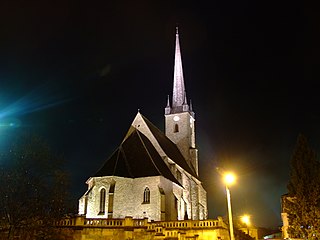
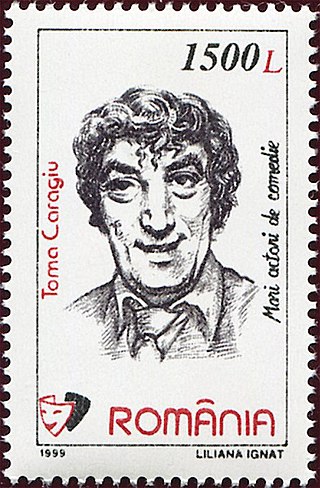
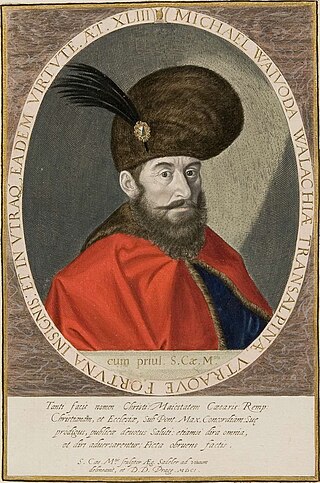



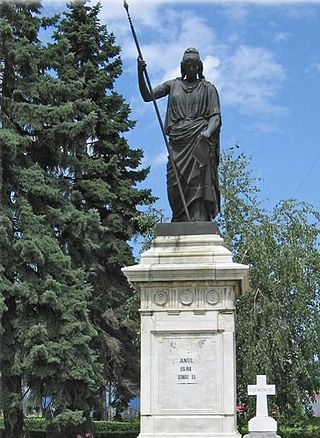
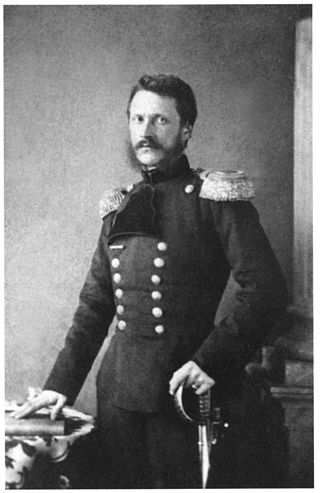
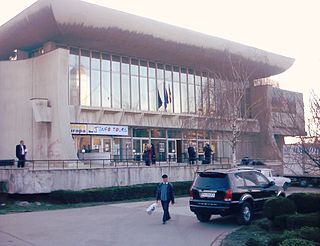
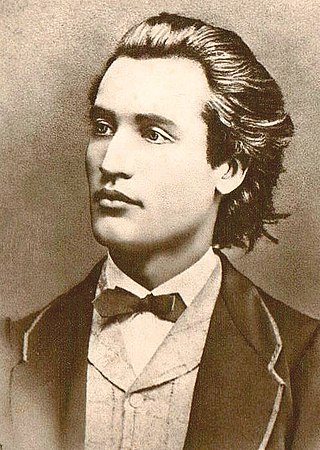
-Botanical-Garden.jpg)
